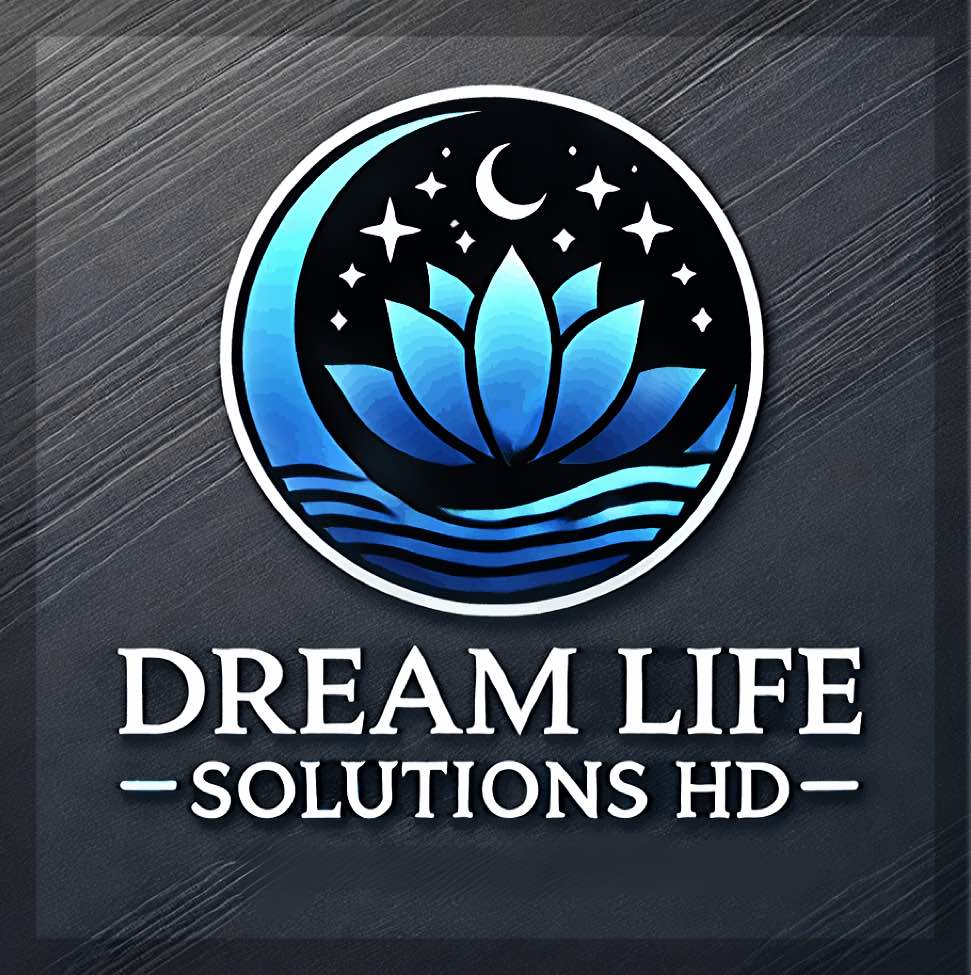
Change and uncertainty are part and parcel of today’s business environment. They shape how organizations operate, influencing everything from strategic planning to day-to-day decisions.
Change can come from countless sources. Market shifts, technological advancements, policy updates, or even global events can radically alter the landscape in which businesses operate. These changes can be planned, like a strategic pivot, or unplanned, like a sudden market disruption.
Uncertainty, on the other hand, involves the unknowns — factors and conditions that might change but can’t be predicted with confidence. Business leaders often face uncertainty in areas like market trends, consumer behavior, or geopolitical developments.
When organizations encounter change and uncertainty, they usually experience ripple effects that touch every part of the business. It influences not only strategic goals but also impacts staff morale, productivity, and the organization’s overall health.
Humans are wired to seek stability. This makes dealing with change particularly challenging. The psychological response to change can include denial, resistance, and anxiety. Leaders must understand these responses to help guide their teams through turbulent times.
Introduction to Prosci Change Management and the ADKAR Model

In navigating through any significant transformation, a structured approach can make all the difference, and that’s exactly where Prosci Change Management shines. Prosci offers a well-defined framework tailored to aid organizations in managing change effectively and systematically.
At the core of Prosci’s philosophy is the ADKAR model, a powerful tool that breaks down change management into five clear stages: Awareness, Desire, Knowledge, Ability, and Reinforcement. This model acts as a roadmap, guiding leaders and their teams through the complexities of change by focusing on both the technical and human sides of the process.
*A* Awareness involves making individuals aware of the need for change. This isn’t just about informing employees but ensuring they truly understand why the change is happening and how it impacts them personally and professionally.
*D* Desire, the second step, is about fostering a genuine willingness to support and engage with the change. This often involves addressing concerns and highlighting the benefits to build buy-in among team members.
*K* Knowledge involves equipping people with the information and skills necessary to implement the change. Effective training programs and resources are critical here to ensure everyone knows what to do and how to do it.
*A* Ability focuses on turning knowledge into action. It’s about providing the necessary support and removing barriers so employees can apply their new skills and behaviors in their roles.
*R* Reinforcement, the final stage, is all about ensuring that the change sticks. This may involve regular check-ins, rewards, and continued communication to keep the new processes or behaviors in place.
Leaders who utilize the ADKAR model can better manage the complex dynamics of change and help their teams navigate these transitions more smoothly. Real-life applications of ADKAR have shown that structured change management enhances the chances of successful transformation, reduces resistance and increases overall team morale.
Effective Leadership Strategies for Change and Uncertainty

Leading through change requires specific qualities that help steer the team with confidence and clarity. Adaptability sits at the top. An adaptable leader is open to new ideas and can pivot strategies quickly to meet evolving conditions. This flexibility not only sets an example but also encourages the team to embrace change.
Building resilience is another crucial aspect. Resilient leaders create resilient teams. A big part of this involves acknowledging and addressing the emotional and psychological impacts of change. Offering support through resources like counseling and stress management workshops can make a big difference.
Communication is the lifeline during times of change. Clear, consistent, and transparent communication helps prevent misinformation and rumors. Holding regular meetings, updates, and creating open channels for feedback ensures everyone is on the same page and feels heard.
Inspiration can’t be overlooked. Leaders who inspire confidence can bolster their team’s morale even in the face of uncertainty. Sharing a clear vision and celebrating small victories keep the team motivated and focused on the end goal.
Lastly, it’s about maintaining trust. Trust is earned through actions that show integrity, honesty, and fairness. By being transparent about decisions and showing empathy for team members’ concerns, leaders can maintain and even strengthen trust during challenging times.
Implementing Change: Practical Steps for Success

Creating a detailed change management plan is your first step toward success. This plan should outline the objectives, strategies, timelines, and metrics for measuring progress. A comprehensive plan acts as a roadmap, keeping everyone aligned and focused.
Engaging stakeholders early and often is another essential component. By involving key players from the start, you ensure that their insights and concerns are considered, which can help smooth the transition and gain their buy-in.
Measuring progress can’t be overlooked. Regular check-ins and progress reports help identify what’s working and what might need adjustment. Using metrics to track success provides concrete data that can inform ongoing efforts and refinements.
Adjusting strategies as needed is a sign of a responsive and effective leader. Flexibility to tweak or completely overhaul parts of the plan based on real-time feedback and results shows that the organization is agile and committed to achieving the best possible outcomes.
Sustaining change over the long term requires embedding new practices into the organization’s culture. Continuous communication, ongoing training, and recognition of those who champion the change help solidify these new behaviors and processes. Consistency in reinforcement makes it clear that the changes are here to stay.
Did you find this post helpful? Please leave a comment below, share it with your friends, and don’t forget to follow us on Facebook and Instagram for more tips and insights!




